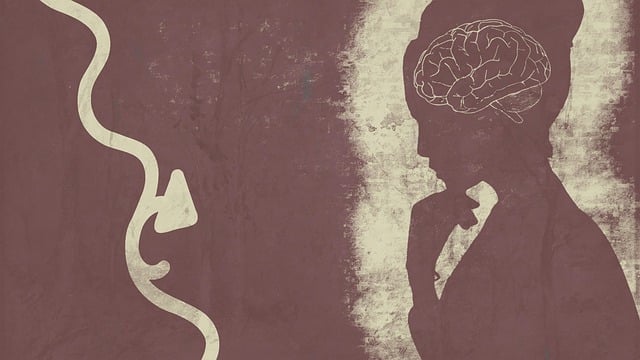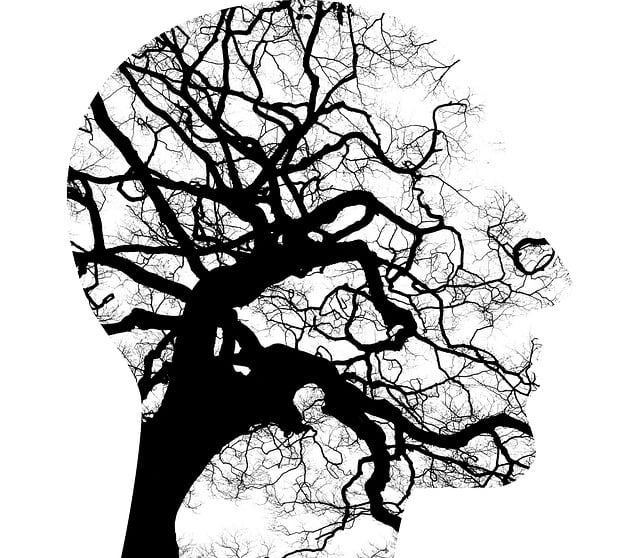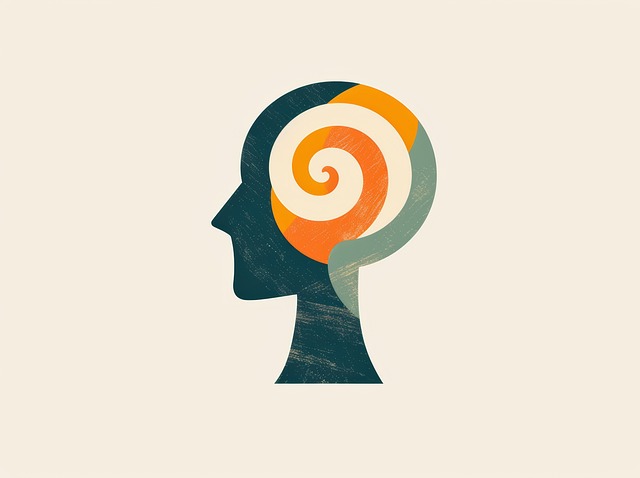Public awareness campaigns using mindfulness, emotional intelligence, and digital platforms (like social media) are powerful tools to destigmatize mental health support and offer therapy for grief counseling. By encouraging early intervention, these campaigns foster community and create safe spaces for complex emotions, while risk assessments ensure ethical therapist conduct. Measuring success through evaluation metrics shows the impact on grief support, aiming for increased awareness, uptake of services, and long-term positive changes within communities.
Public awareness campaigns play a pivotal role in grief counseling, offering vital support and guidance during profoundly difficult times. This article explores the power of these initiatives, focusing on three key aspects: understanding their impact on grief counseling, designing effective therapy-centric outreach strategies, and measuring long-term success in providing public grief support. By leveraging data and best practices, we aim to enhance the accessibility and efficacy of therapy for grief counseling through targeted public awareness campaigns.
- Understanding the Power of Public Awareness Campaigns in Grief Counseling
- Designing Effective Therapy-Centric Public Outreach Strategies
- Measuring Success and Long-Term Impact: Evaluating Public Awareness Campaigns for Grief Support
Understanding the Power of Public Awareness Campaigns in Grief Counseling

Public awareness campaigns play a pivotal role in grief counseling, offering therapeutic benefits and support to those dealing with loss. These initiatives educate communities about the impact of grief, breaking down stigma associated with mental health struggles. By promoting understanding, they encourage individuals to seek therapy for grief counseling, which is essential for navigating complex emotions.
Incorporating strategies like mindfulness meditation and emotional intelligence into these campaigns can further enhance their effectiveness. A risk assessment for mental health professionals is crucial in ensuring safe and ethical practices during such initiatives. These campaigns not only provide guidance but also foster a sense of community, helping individuals cope with grief in a supportive environment.
Designing Effective Therapy-Centric Public Outreach Strategies

Designing effective therapy-centric public outreach strategies is an art that requires a deep understanding of human emotions and behaviors. In today’s digital age, where information spreads swiftly, it’s crucial to create compelling narratives around therapy for grief counseling. This approach not only increases public awareness but also reduces the stigma associated with seeking mental health support. By leveraging online platforms, social media, and community events, mental health professionals can share their expertise and offer hope to those in need.
A key component of these strategies involves integrating self-awareness exercises that encourage individuals to recognize their emotional states. This proactive step is essential for fostering resilience and encouraging early intervention. Additionally, risk assessment for mental health professionals plays a significant role in developing robust outreach plans. Through effective risk management planning, therapists can ensure they are equipped to handle diverse client needs while safeguarding their own well-being. Such strategies not only promote healthy communities but also sustain the profession by mitigating potential risks in the mental health sector.
Measuring Success and Long-Term Impact: Evaluating Public Awareness Campaigns for Grief Support

Measuring success and evaluating the long-term impact of public awareness campaigns for grief support is a critical step in understanding their effectiveness. These campaigns aim to raise consciousness about the importance of therapy for grief counseling, fostering a culture of emotional healing processes within communities. By implementing robust evaluation metrics, organizations can assess whether they’ve reached their target audiences and influenced positive thinking around bereavement.
One way to gauge success is by tracking changes in awareness levels before and after the campaign through surveys or focus groups. Additionally, measuring the uptake of grief counseling services or support groups within the targeted communities provides valuable insight into the direct impact of the campaign. Long-term benefits can be observed through community outreach program implementation, where sustained engagement over time contributes to a more supportive environment for those grappling with grief.
Public awareness campaigns play a pivotal role in grief counseling by fostering understanding, empathy, and access to essential therapy for grief counseling. By effectively combining education and support, these campaigns can significantly impact communities, reducing stigma and encouraging those experiencing grief to seek help. Measuring their success involves assessing both immediate engagement and long-term behavioral changes, ensuring that the reach and impact of these initiatives are truly transformative.











